CYCLOBENZAPRINE - ORAL
PHONETIC PRONUNCIATION: (sye-klo-BENZ-uh-preen)
COMMON BRAND NAME(S): Flexeril
GENERIC NAME(S): cyclobenzaprine HCl
Uses
USES: Cyclobenzaprine is used short-term to treat muscle spasms. It is usually used along with rest and physical therapy. It works by helping to relax the muscles.
How to use CYCLOBENZAPRINE - ORAL
HOW TO USE: Take this medication by mouth with or without food as directed by your doctor, usually 3 times a day. The dosage is based on your medical condition and response to treatment. This medication should only be used short-term (for 3 weeks or less) unless directed by your doctor. Do not increase your dose or use this drug more often or for longer than prescribed. Your condition will not improve any faster, and your risk of side effects will increase. Tell your doctor if your condition persists after 2 to 3 weeks or if it worsens.
Side Effects
Precautions
Interactions
Overdose
Images
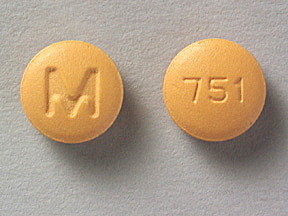
- color
- butterscotch yellow
- shape
- round
- imprint
- M, 751

- color
- butterscotch yellow
- shape
- round
- imprint
- M, 751
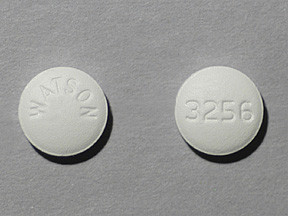
- color
- white
- shape
- round
- imprint
- WATSON, 3256
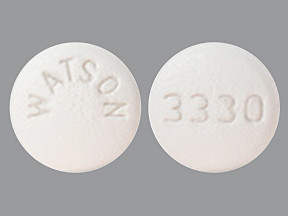
- color
- white
- shape
- round
- imprint
- WATSON, 3330
Reviews
Faq for CYCLOBENZAPRINE - ORAL
Cyclobenzaprine is a muscle relaxant medication that is primarily used to treat muscle spasms and pain caused by injuries or conditions such as sprains, strains, or muscle strains.
Cyclobenzaprine works by affecting certain chemicals in the brain and spinal cord, which helps to relax muscles and alleviate muscle spasms.
The usual recommended dosage of Cyclobenzaprine is 5 to 10 mg, three times a day. However, the dosage may vary depending on the individual's condition and response to the medication. It is important to follow the instructions provided by the healthcare provider.
Common side effects of Cyclobenzaprine may include drowsiness, dizziness, dry mouth, headache, nausea, constipation, and blurred vision. If these side effects persist or worsen, it is important to consult a healthcare professional.
It is important to inform the healthcare provider about all the medications and supplements you are taking before starting Cyclobenzaprine, as it may interact with certain medications. Cyclobenzaprine may interact with MAO inhibitors, certain antidepressants, and other central nervous system depressants. It is essential to discuss all potential interactions with a healthcare professional to prevent any adverse effects.
It is generally advised to avoid alcohol while taking Cyclobenzaprine, as it can increase the drowsiness and dizziness caused by the medication. Alcohol may also worsen the side effects of Cyclobenzaprine.
Cyclobenzaprine usually starts working within 1 to 2 hours after taking the medication. However, individual response may vary, and it is important to give the medication enough time to take effect.
Cyclobenzaprine is usually prescribed for short-term use, typically up to 2 to 3 weeks. Prolonged use of the medication may lead to dependence or tolerance. It is important to follow the healthcare provider's instructions and not use Cyclobenzaprine for longer than recommended.
It is generally not recommended to use Cyclobenzaprine during pregnancy or breastfeeding, as it may have potential risks to the fetus or infant. It is important to discuss the potential risks and benefits with a healthcare professional before using the medication in these situations.
Disclaimer
IMPORTANT: HOW TO USE THIS INFORMATION: This is a summary and does NOT have all possible information about this product. This information does not assure that this product is safe, effective, or appropriate for you. This information is not individual medical advice and does not substitute for the advice of your health care professional. Always ask your health care professional for complete information about this product and your specific health needs.
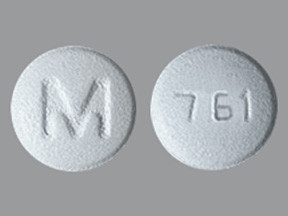
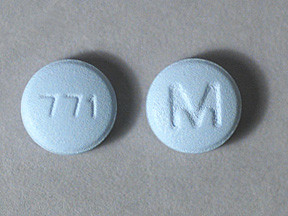
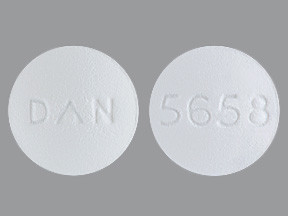
No Reviews Yet